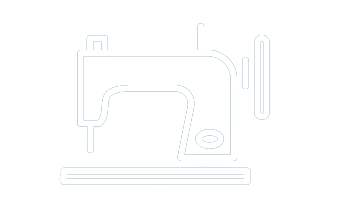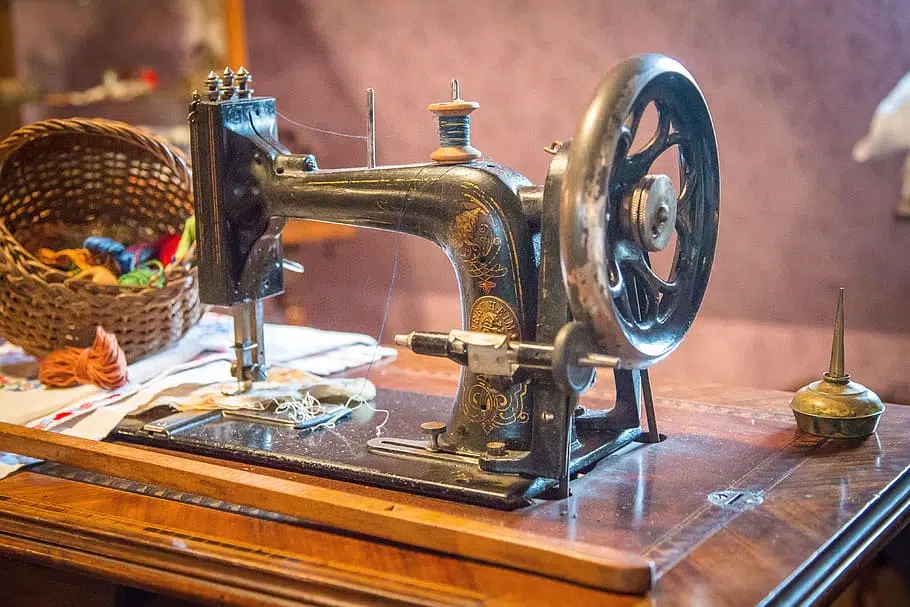How to Make Embroidered Patches with a Sewing Machine?
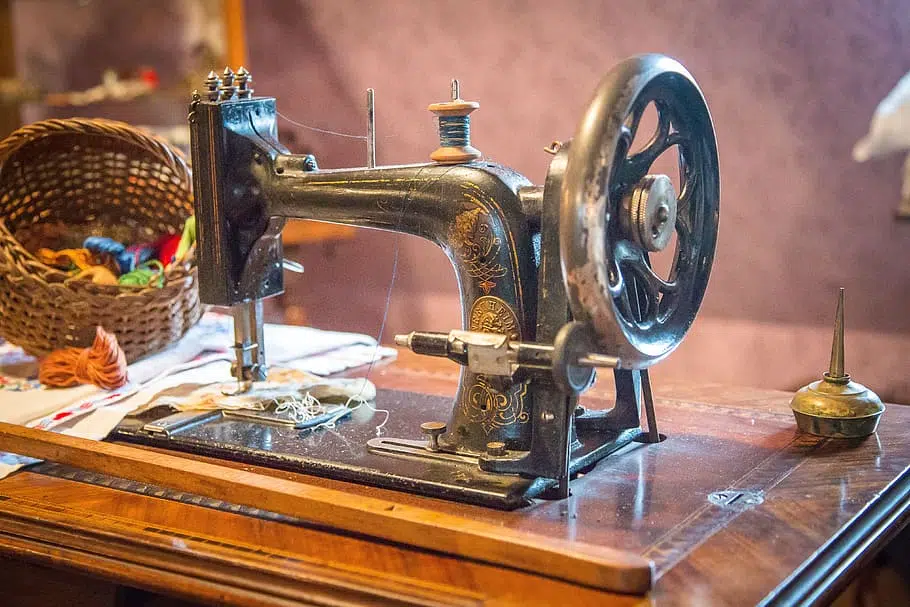
Embroidered patches are decorative pieces of fabric that are embroidered with a design or logo. They are often used to add personalization or branding to clothing, bags, hats, and other accessories. Embroidered patches can be sewn or ironed onto fabric to create a permanent or temporary embellishment.
Making embroidered patches with a sewing machine has several advantages. It allows you to create custom patches quickly and easily, with precise stitching and professional-looking results. It also gives you more control over the design and color choices, allowing you to create truly unique patches for yourself or your business.
To make embroidered patches with a sewing machine, you will need to gather supplies and prepare materials, create the patch design, embroider the patch, and finish the patch by removing excess stabilizer and trimming the edges. This process requires some basic sewing skills and access to an embroidery-capable sewing machine, but with practice, anyone can create beautiful and professional-looking patches.
Gathering Supplies and Preparing Materials
Materials Needed
Fabric

You will need a piece of fabric to use as the base for your patch. Choose a fabric that is appropriate for your patch design. Cotton, denim, and twill are good choices for embroidered patches.
Stabilizer
A stabilizer is used to reinforce the fabric and prevent it from stretching or puckering during the embroidery process. There are several types of stabilizers available, including tear-away, cut-away, and water-soluble stabilizers. Choose a stabilizer that is appropriate for the type of fabric you are using and the complexity of your design.
Embroidery Thread
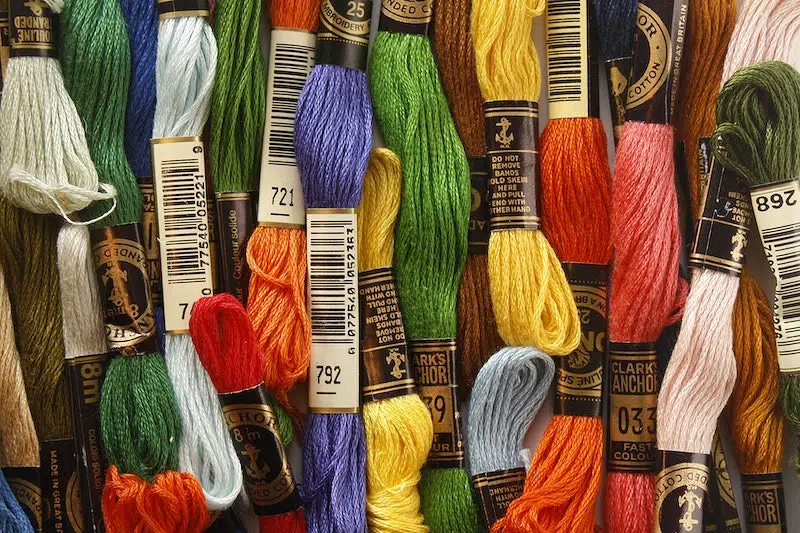
Embroidery thread is specifically designed for use in embroidery machines. It is available in a wide range of colors and textures. Choose high-quality embroidery thread that matches the colors in your design.
Sewing Machine
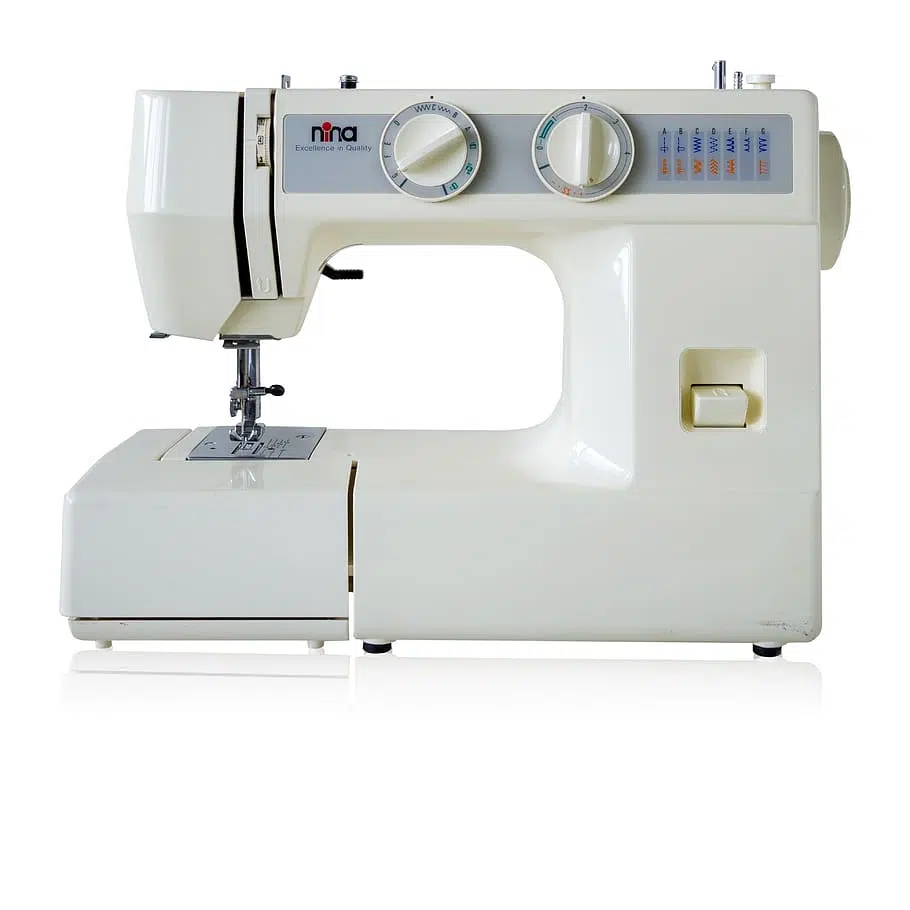
You will need a sewing machine with an embroidery function to create embroidered patches. Most modern sewing machines come with built-in embroidery functions, or you can purchase a separate embroidery machine.
Scissors
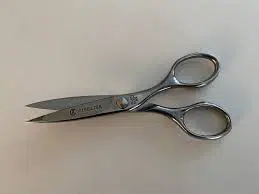
Use sharp scissors to cut the fabric and thread. A small pair of embroidery scissors are ideal for cutting thread and trimming excess stabilizer.
Water Soluble Fabric Marker
A water-soluble fabric marker is used to trace your design onto the fabric. These markers disappear with water, making them ideal for marking fabric without leaving any residue.
Iron
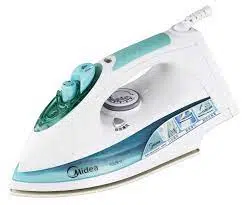
You will need an iron to set the patch in place. Steam iron is ideal for this step, as it helps to activate the adhesive on the back of the patch.
Preparing the Materials
Cutting the Fabric and Stabilizer
Cut a piece of fabric and stabilizer to the desired size for your patch. The fabric should be slightly larger than the design you plan to embroider. The stabilizer should be cut to the same size as the fabric or slightly larger. Use sharp scissors to cut the fabric and stabilizer.
Prepping the Sewing Machine
Prepare your sewing machine by selecting the appropriate needle and embroidery foot. You may need to refer to your sewing machine manual to determine the appropriate needle and foot for embroidery. Attach the embroidery foot to the machine and ensure that the needle is securely in place.
Threading the Machine and Winding the Bobbin
Thread the machine with the embroidery thread according to the manufacturer’s instructions. Be sure to use the correct thread tension for your machine. Wind the bobbin with matching embroidery thread. Place the bobbin into the bobbin case and insert the case into the machine. Make sure the bobbin thread is threaded correctly according to the manufacturer’s instructions.
Creating the Patch Design
Choosing the Design
Choose a design that is suitable for embroidery. Simple designs with clear lines and shapes are easiest to embroider. You can either create your own design or find one online or in a book.
Tracing the Design onto the Fabric
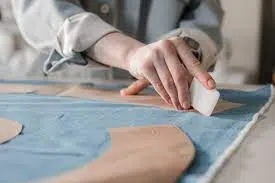
Use a water-soluble fabric marker to trace the design onto the fabric. Place the fabric on a flat surface and place the design on top of it. Use a lightbox or window to help you see the design clearly. Trace the design onto the fabric using the fabric marker. Be sure to trace all of the lines and details of the design.
Stabilizing the Fabric
Place the stabilizer behind the fabric and pin them together. This will prevent the fabric from shifting or stretching during the embroidery process. Be sure to use the appropriate stabilizer for the type of fabric you are using and the complexity of your design. If you are using a tear-away stabilizer, tear away the excess stabilizer around the design once the embroidery is complete. If you are using a cut-away stabilizer, use sharp scissors to trim away the excess stabilizer. If you are using a water-soluble stabilizer, dissolve the stabilizer in water according to the manufacturer’s instructions.
Embroidering the Patch
Choosing the Appropriate Needle and Thread
Choose a needle and thread that are appropriate for the type of fabric you are using and the complexity of your design. Use a finer needle and thread for delicate fabrics and intricate designs, and a larger needle and thread for thicker fabrics and larger designs.
Embroidering the Design
Starting and Finishing the Stitch
Begin by securing the thread on the back of the fabric. Bring the needle up through the fabric at the starting point of the design. Stitch the design using the appropriate embroidery stitch. Finish the stitch by securing the thread on the back of the fabric.
Changing Colors
If your design requires multiple colors of thread, change the thread color as needed. To change colors, stop the machine and cut the thread, leaving a tail of about 2 inches. Thread the machine with the new color of thread and continue stitching the design.
Cleaning Up the Patch
Removing the Stabilizer
Once you have finished embroidering the design, remove the stabilizer from the back of the fabric. If you are using a tear-away stabilizer, gently tear it away from the fabric. If you are using a cut-away stabilizer, use sharp scissors to trim away the excess stabilizer. If you are using a water-soluble stabilizer, dissolve the stabilizer in water according to the manufacturer’s instructions.
Trimming the Edges
Use sharp scissors to trim the fabric around the edges of the design. Leave a small border of fabric around the design to prevent it from fraying.
Applying Heat to Set the Patch
Place a clean cloth over the embroidered patch and press it with a hot iron. This will help to set the embroidery and make it more durable.
Finishing the Patch
Removing the Stabilizer
- After you have finished embroidering the design on the fabric, gently tear away the excess stabilizer from the back of the patch. Be sure to remove as much stabilizer as possible without damaging the fabric or embroidery.
- If the stabilizer does not tear away easily, use a pair of scissors to carefully trim away the excess stabilizer. Be careful not to cut through the embroidery or fabric.
Trimming the Edges
- Use a pair of sharp scissors to carefully trim the excess fabric from around the embroidered design. Cut as close to the embroidery as possible without cutting into it.
- Be sure to leave a small border of fabric around the edges of the embroidery. This will help to keep the threads from unraveling and give the patch a finished look.
Applying Heat to Set the Patch
- Preheat your iron to the appropriate temperature for the fabric you are using. Check the care label on the fabric to determine the appropriate temperature setting.
- Place the patch onto the garment or accessory where you want it to be located. Be sure to position it exactly where you want it before applying heat.
- Place a pressing cloth or thin towel over the patch to protect it and the garment or accessory from the heat of the iron.
- Press the iron down firmly onto the patch and hold it in place for 10-15 seconds. Do not move the iron around, as this can cause the patch to shift or distort.
- Remove the iron and allow the patch to cool completely before handling it. Check to make sure that the patch is firmly attached to the garment or accessory.
- If necessary, repeat the heat-setting process until the patch is securely attached.
Conclusion
In conclusion, making embroidered patches with a sewing machine is a fun and rewarding DIY project that allows you to create custom patches for various purposes. By following the steps outlined in this guide, you can easily create your own patches using your sewing machine and basic supplies. Remember to gather all the necessary materials, prepare them properly, choose a suitable design, and embroider the patch with care. Once the patch is embroidered, finish it off by removing the stabilizer, trimming the edges, and applying heat to set the patch. Finally, don’t forget to practice good sewing machine maintenance and enjoy the process of creating your own unique patches. With a little practice and patience, you can create beautiful patches that will last for a long time and add a personal touch to your clothes, bags, and other accessories.
Frequently Asked Questions
Can I use any fabric for making embroidered patches?
No, it is important to use a fabric that is suitable for embroideries, such as cotton, denim, or twill. Avoid using stretchy or slippery fabrics as they can be difficult to embroider and may not hold up well over time.
What kind of stabilizer should I use?
There are several types of stabilizers available, including tear-away, cut-away, and water-soluble. Choose the type of stabilizer that is suitable for your fabric and design, and follow the manufacturer’s instructions for the best results.
What kind of embroidery thread should I use?
Use high-quality embroidery thread that is suitable for your fabric and design. Choose a thread that is colorfast and durable, and avoid using regular sewing thread as it may not hold up well over time.
Can I use a regular sewing machine for making embroidered patches?
Yes, you can use a regular sewing machine for making embroidered patches, but it should have an embroidery foot or a free-motion foot for the best results. Follow the manufacturer’s instructions for your sewing machine to ensure that it is suitable for embroidery.
Do I need to have experience in embroidery to make embroidered patches with a sewing machine?
No, you do not need to have experience in embroidery to make embroidered patches with a sewing machine, but it helps to have some basic sewing skills. With practice and patience, anyone can learn how to make beautifully embroidered patches.
